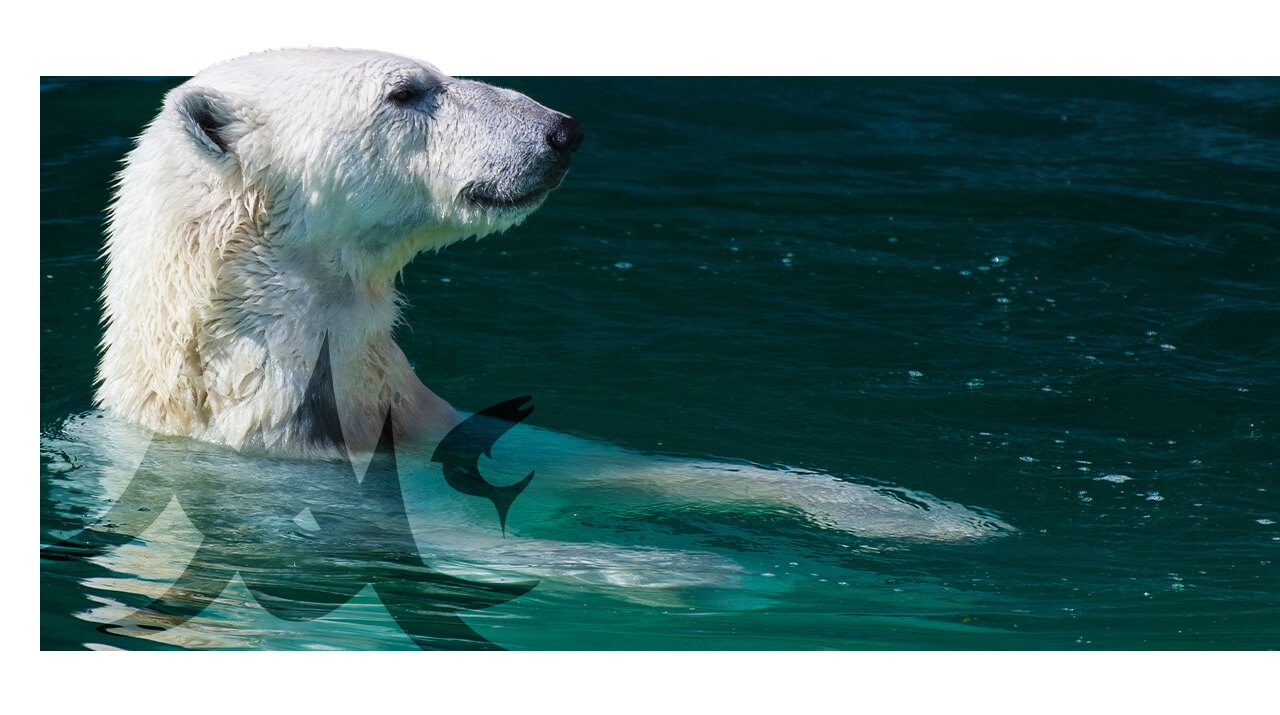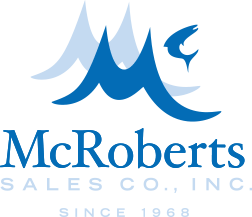
Thawing Procedures
As fish begin to thaw, the bacteria in the fish begin to rejuvenate and the mechanisms for spoilage are activated. Prolonged heat exposure can allow the bacteria on the skin and gills to grow and that can produce the odors we associate with spoilage. The natural digestive process of the fish will reactivate and digest any food that may be present in the stomach of the fish and proceed to digesting the fish itself. For this reason, the extent of thawing fish prior to use will greatly depend upon the animal being fed. Careful consideration should be given to tempering the blocks of fish rather than actually thawing the product. This can greatly reduce the risk of spoilage.
The following procedures are provided for your consideration. They can be adapted to meet your individual requirements.


Air Thawing
Within a chilled storage space, 32 to 38 degrees F, place the frozen fish on shelves with adequate spacing between the blocks. Using a fan, force the airflow across the blocks at a rate of at least 100 feet per minute so that you will have a relatively even thaw. This process is very slow and requires a considerable amount of space.
Water Thawing
The frozen blocks are placed in trays or baskets and submersed into a water filled tank. Constant circulation of the water must be maintained in order to provide adequate heat exchange. The fish located on the edges and corners of the blocks will thaw more rapidly and should be removed from the tank to prevent over heating. This process takes about half the time of air thawing.





